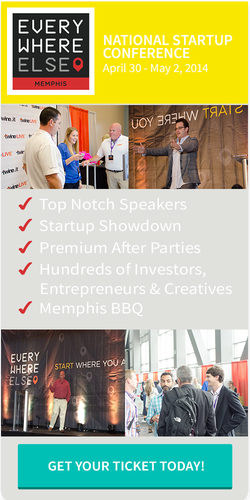When starting a business (or growing a business from a sole proprietorship), the limited liability company (LLC) and the S corporation are the go-to entities for small business owners. Both entities provide liability protection (which prevents business creditors and those with a judgment against you from accessing your personal assets) and act as a pass through, which means that all income from LLCs and S-corps are treated as income of the individual owners. However, there are various differences between the LLC and S-corp.
Instead of randomly choosing one or the other, here are some of the differences that may affect which one you choose for your business:
- Corporate Formalities: LLCs generally do not have to maintain corporate requirements, even though its good practice to maintain separate company records. In some states, LLC owners are required to file a simple biennial statement with the Secretary of State, but that’s about it. S-corps, on the other hand, are required to maintain corporate formalities in order to keep their liability protection. S-corps must keep meeting minutes, a board of directors, officers, separate business accounts and appropriate records for all of their business transactions.
- Allocating Income: This issue only comes up when there are several owners of the business or when additional owners will be added in the future. LLC owners may allocate the business income to its member disproportionately. That means that two owners may split the income 60-40 instead of 50-50. This may be important in situations where each owner contributes to the business differently — for example, where one owner is putting up startup capital and the other is putting in sweat equity. S-corps do not have this flexibility. Owners of an S-corp (also known as shareholders) are required to split the income equally among all of the owners.
- Filing Taxes: LLCs with one owner do not have to file separate tax returns for the business. They can typically add a Schedule C to their personal taxes and be done with it. LLCs with more than one owner do have to file separate tax returns, but have the flexibility to file as a partnership or a corporation. S-corps must file information returns every year and their owners have to add a Schedule E to their personal taxes. However, a big tax benefit that S-corps provide is that with the Subchapter S election, you have the option to pay self-employment tax (approximately 15 percent) on only your reasonable salary as the owner, rather than on the entire net revenue of the business. This can result in big tax savings and is a big incentive to go S-corp rather than LLC for some.
- Startup and Operation Costs: Maintaining corporate formalities and filing additional tax returns may increase the costs of running an S-corp. However, in several states the filing fees to create an LLC are substantially more than the fees to create an S-corp. In some states, such as New York, LLC owners are required to publish the name of the LLC in two newspapers which can easily cost well over $1,000. Its important to be aware of the filing requirements and associated costs in your state.
- Restrictions on Type of Owners: In most states, LLCs may be owned by individuals, corporations, other LLCs and foreign entities. S-corps are not so flexible. S-corp shareholders must be individuals (not partnerships or corporations) who are U.S. citizens or permanent residents. Additionally, an S-corp can have a maximum of 100 shareholders. Certain types of businesses may not be LLCs or S-corps, including banks and insurance companies.
- Psychological Effects and Public Perception: People who may be important to your business’ development can have strong opinions about the different business entities. I have heard from bankers and venture capitalists that they are not fond of LLCs and prefer to invest in corporations. I also know lawyers who think the LLC is the best thing since sliced bread. I think that corporations, with all their formalities, can influence the way you treat your business and the level of professionalism that you maintain. Additionally, public perception of an LLC versus an S-corp may be different. Incorporating may show customers, banks and other potential investors that you are serious about growing your business and that you intend to be around for a long time.
These are just some of the various factors to be considered when selecting a business entity. I highly recommend a consultation with both an accountant and a lawyer to determine which entity will fit your business best.
This article was originally featured in YFS Magazine.
Rachel Rodgers is a business lawyer for women and/or young entrepreneurs. She runs her practice, Rachel Rodgers Law Office, entirely online. In addition to practicing law, Rachel blogs about virtual law offices and teaches a popular workshop for women lawyers who want to practice law online through her website, Her Virtual Law Office.
The Young Entrepreneur Council (YEC) is an invite-only organization comprised of the world’s most promising young entrepreneurs. In partnership with Citi, the YEC recently launched #StartupLab, a free virtual mentorship program that helps millions of entrepreneurs start and grow businesses via live video chats, an expert content library and email lessons.
—
Disclaimer: This article is a resource guide for educational and informational purposes only and should not take the place of hiring an attorney. No information in this article constitues legal advice or creates an attorney-client relationship between the author and the reader.
Image: YEC




















